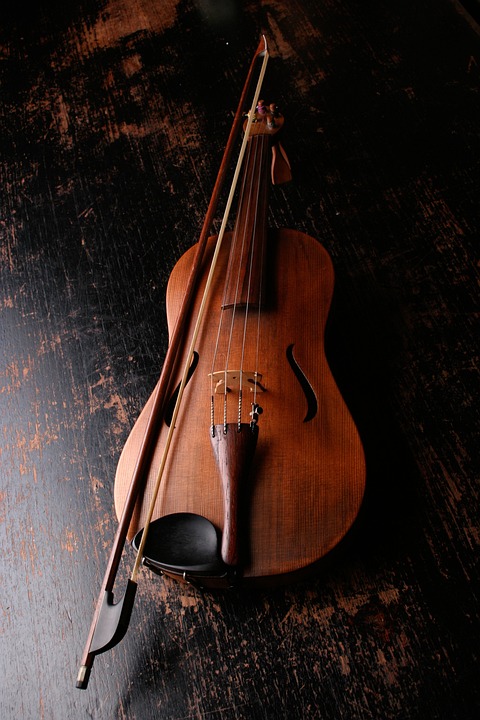In a world dominated by digital music and technology, there is a growing movement to rediscover and revive traditional instruments. These instruments, often deeply rooted in cultural traditions, hold a special significance that cannot be replicated by modern technology. From the haunting sound of the Armenian duduk to the rhythmic beats of the African djembe, traditional instruments offer a unique and authentic sound that is increasingly rare in today’s music scene. In this article, we will explore the importance of rediscovering lost sounds and the ways in which traditional instruments are being integrated into the digital age.
The Importance of Traditional Instruments
Traditional instruments are more than just tools for making music – they are vessels of culture and history. These instruments often have deep roots in specific communities and carry with them centuries of tradition and meaning. For example, the Native American flute is not just a musical instrument, but a sacred object that has been used in rituals and ceremonies for generations.
By reviving traditional instruments, we are not only preserving their unique sound but also honoring the cultures and traditions from which they originated. These instruments play a vital role in keeping cultural heritage alive and passing it on to future generations. In a world where globalization and homogenization are becoming increasingly prevalent, traditional instruments serve as a powerful reminder of the diversity and richness of the world’s musical heritage.
Challenges in Preserving Traditional Instruments
Despite their cultural significance, many traditional instruments are at risk of being lost or forgotten. As modern technology continues to dominate the music industry, traditional instruments are often pushed to the sidelines. Additionally, the lack of formal education and training in traditional music can make it difficult for younger generations to learn how to play these instruments.
Furthermore, many traditional instruments are made from materials that are becoming increasingly scarce. For example, the rosewood used to make many African drums is now endangered due to deforestation and illegal logging. This poses a significant challenge in preserving these instruments for future generations.
Reviving Traditional Instruments in the Digital Age
Fortunately, there is a growing movement to revive traditional instruments and integrate them into the digital age. One way this is being done is through collaborations between traditional musicians and modern artists. By blending traditional sounds with modern production techniques, these collaborations create a unique and innovative fusion of old and new.
In addition, advancements in technology have made it easier than ever to record and share traditional music. Platforms like YouTube and SoundCloud allow musicians from around the world to connect and collaborate, bringing traditional sounds to a global audience. This has helped to preserve and promote traditional music in a way that was not possible before.
Preserving Traditional Instruments for Future Generations
To ensure the preservation of traditional instruments for future generations, it is important to provide access to education and resources for learning how to play these instruments. This can include offering workshops, classes, and training programs for students of all ages. By teaching young people how to play traditional instruments, we can ensure that these ancient traditions continue to thrive.
It is also important to raise awareness about the cultural significance of traditional instruments and the importance of preserving them. This can be done through music festivals, concerts, and other public events that showcase traditional music and instruments. By engaging the public in these activities, we can help to foster a greater appreciation for traditional music and instruments.
In conclusion, rediscovering lost sounds and reviving traditional instruments is essential for preserving cultural heritage and promoting diversity in the music industry. By blending traditional sounds with modern technology, we can create innovative and unique music that honors the traditions of the past while embracing the possibilities of the future. It is up to us to ensure that traditional instruments continue to be passed down for generations to come.

Leave a Reply